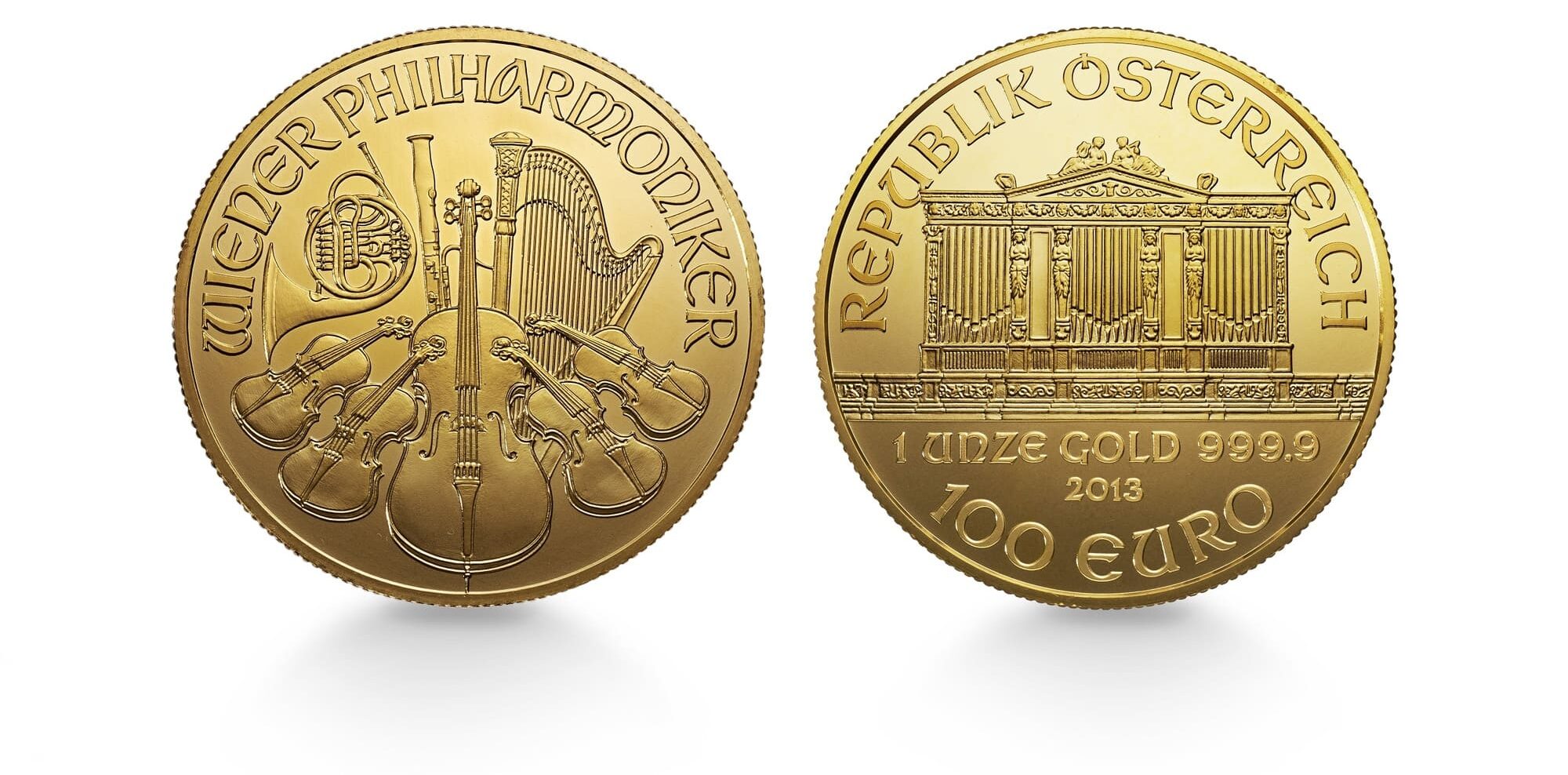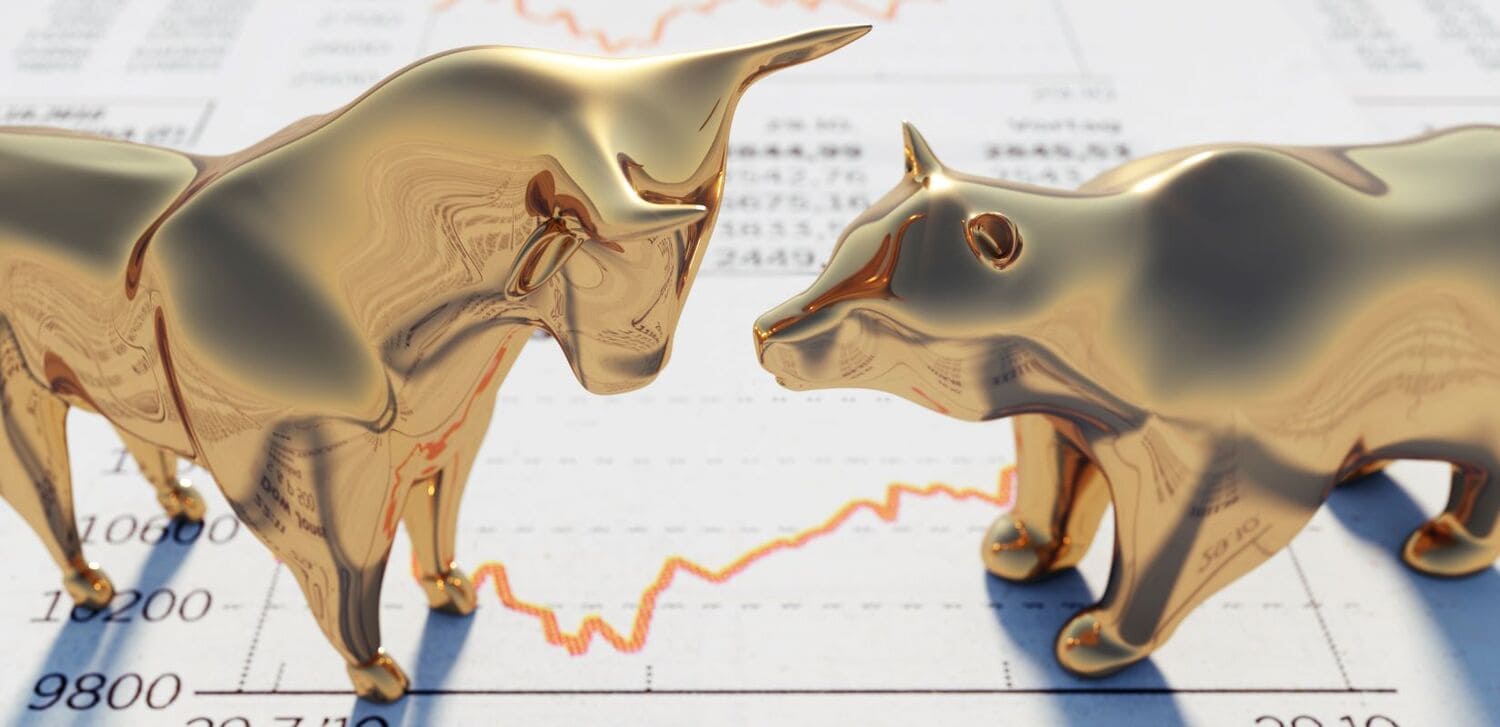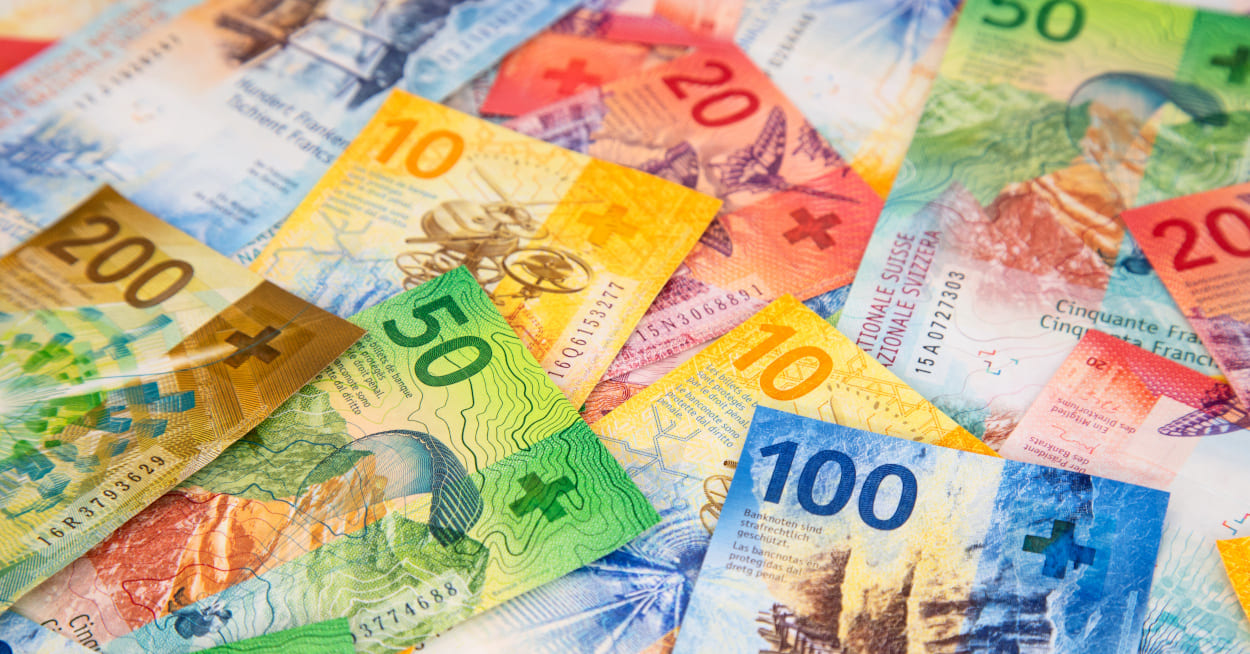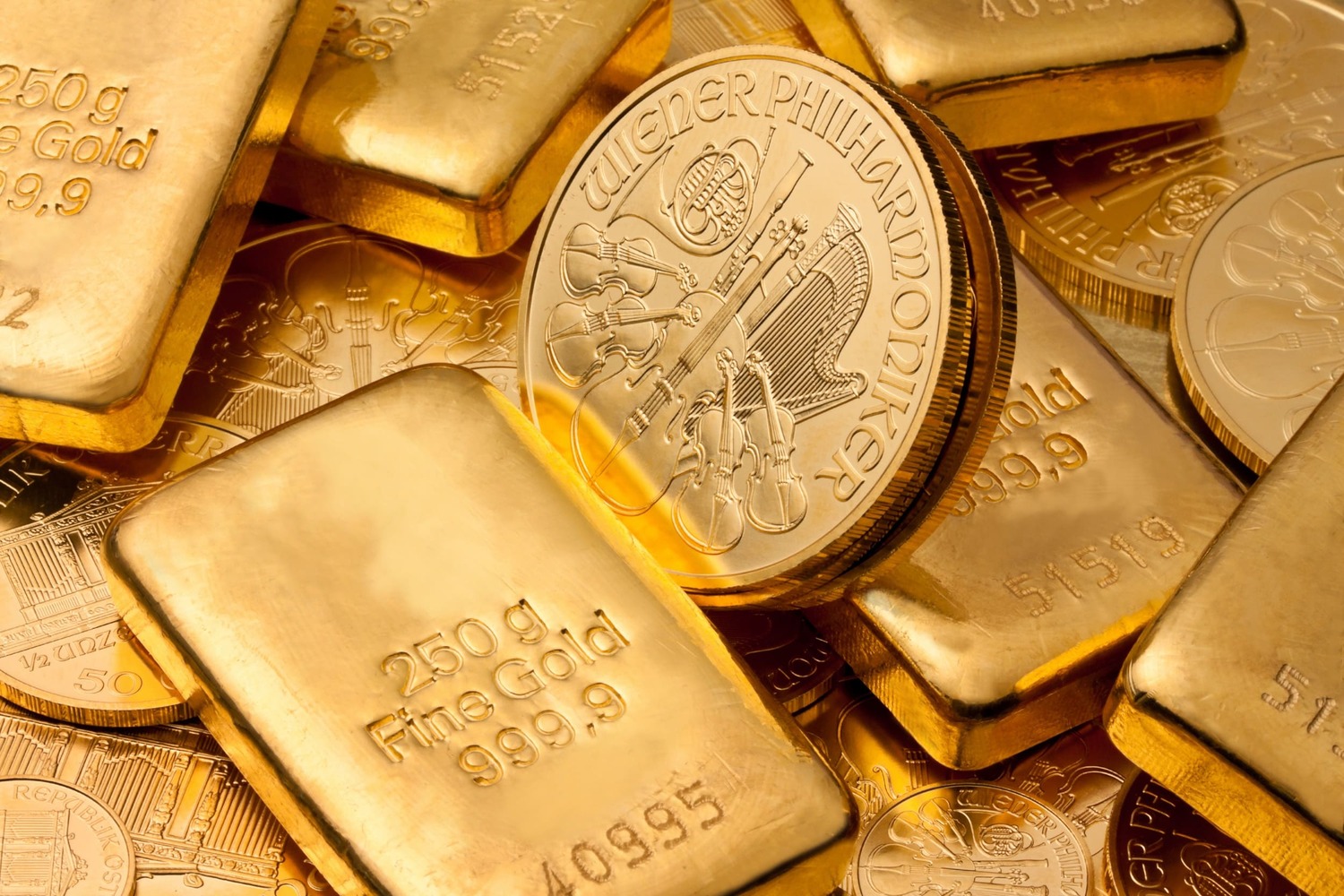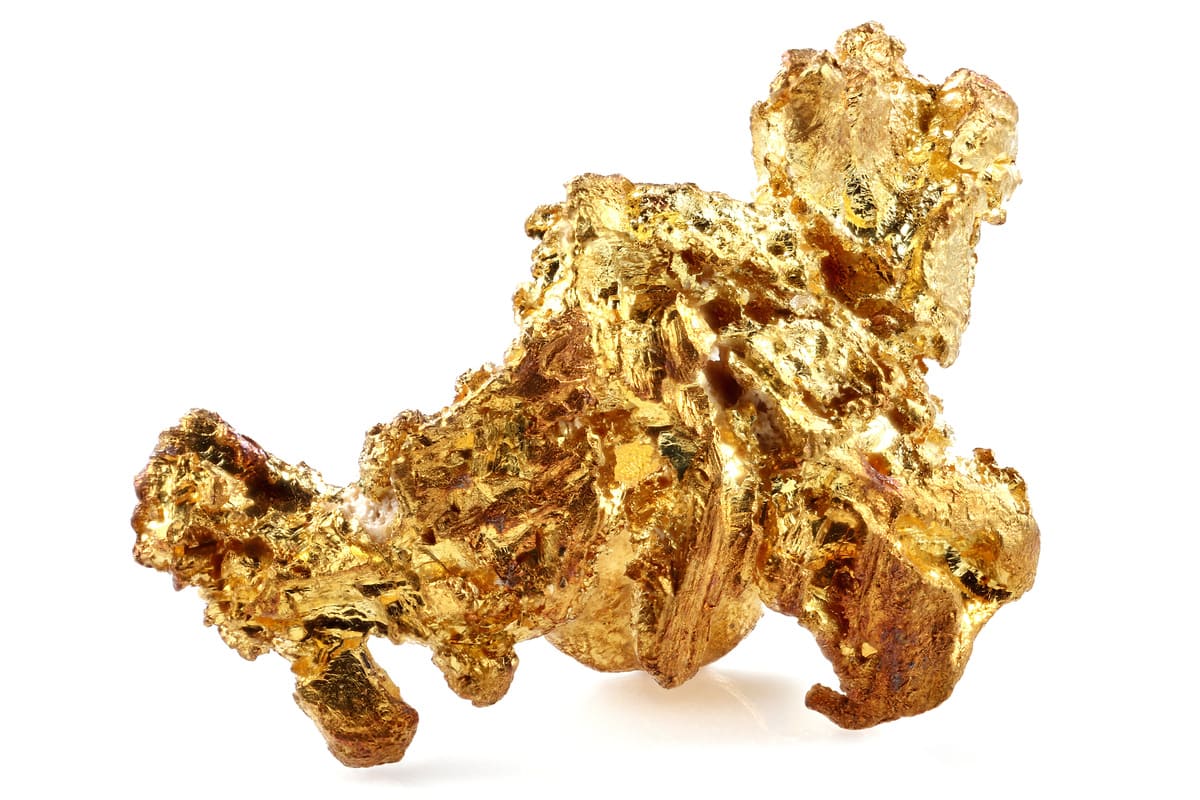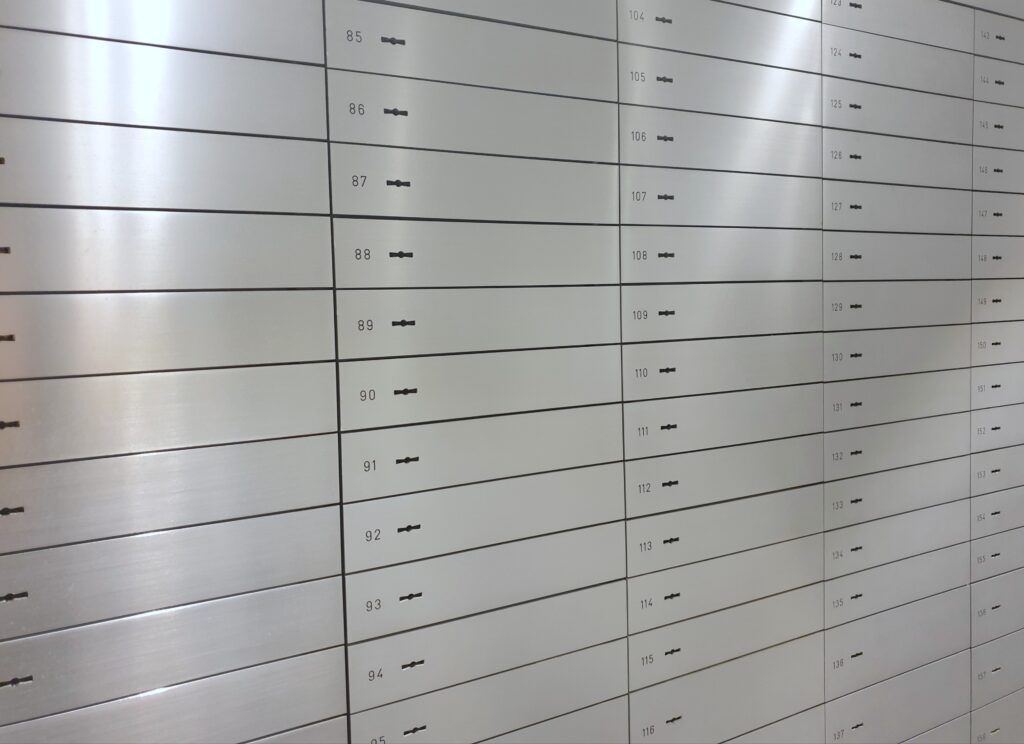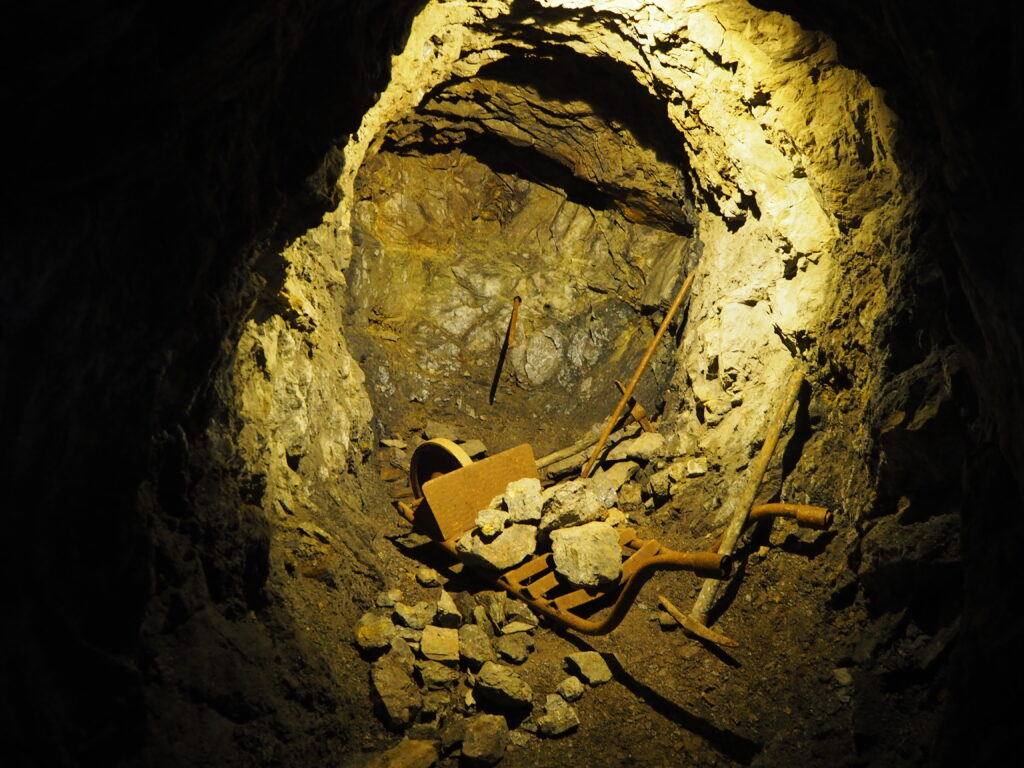Material assets as protection against inflation
Additional information > Investment forms for gold, silver, platinum and palladium > Tangible assets as alternative inflation protection for savers
Alternative solutions for savers looking to preserve their assets
What’s the best way to protect your savings in today’s climate? Many savers ask themselves this question because these assets are earmarked for retirement purposes or destined to become an inheritance. Wherever possible, inflation should not consume everything. So, over the longer term, it should be practical to convert some of your available funds into permanent tangible assets.
- NB: This article provides general information and an introduction to the topic of tangible assets. It is not intended to replace professional advice from an expert in capital investments or asset protection.
Material assets are now in great demand, especially in our world of rising prices, because they often represent a concrete possession you can touch or make good use of – attributes which help to relieve the burden of daily life. Ideally, their value will increase over time, generate regular profits, or remain constant and thus unaffected by the fluctuating value of money. But not all material assets are equally endowed with the same positive characteristics. Such differences thus define the quality of these material goods and their ability to serve as a hedge against inflation. Any risks that may accompany your purchase are another crucial consideration. But what exactly are tangible assets? What are the most important ones? And what properties do they each possess?
What are tangible assets? And what are their defining features?
Material assets include far more commodities might be generally assumed. The term encompasses physical objects of all kinds that have a stable value and some crisis-proof attributes. So this definition could include land and real estate, luxury goods, artworks, jewellery, watches and wines & spirits, as well as gold, silver and other precious metals, plus diamonds and gemstones. Shares and other securities such as investment funds or company shares also count as indirect tangible assets, even if their particular properties are very different to those of classic assets.
Although all tangible assets may differ from one another in terms of their characteristics, they also have some similarities: They offer a certain degree of protection against possible currency devaluation, and often have real utility value. Furthermore, classic material assets represent real personal property. While such property is essentially real and visible to all, your bank account balance only really signifies the promise of ownership of that money. In addition, counterparty risks and the total loss of all physical assets and are almost non-existent as regards tangible assets. However, all savers should still be aware that ownership may incur a tax obligation, or there may be a tax levy on gains from any asset disposals. Obviously, such matters are individually regulated according to the country and corresponding administrative district within Europe and across the world.
Monetary assets represent the complete opposite of material assets. This kind of asset includes, for example, deposit and savings accounts, building society accounts, bonds, debentures and cash. They are also referred to as notional values because their actual value can be directly quantified.
In the following sections you will learn more about these different assets and forms of investment, what advantages and disadvantages are associated with each asset class, and what their key aspects are.
Stocks and other securities
Shares are considered tangible assets because they represent a right to ownership. The most important types include stocks, equity funds and ETFs (Exchange Traded Funds). As shareholders, securities buyers acquire shares in a listed company and thus also in the company buildings, machines, patents and production capital. The same applies to ETFs which track the respective stock index or hold other individual shares.
The big advantage of stocks is that in many cases they pay out regular dividends (income) to shareholders. Yet those shareholders do not have to concern themselves with the actual management and maintenance of the company. These securities can be bought quickly and sold again whenever required. This option is therefore a variable and flexible form of investment. High volatility (fluctuating share prices) can have a disadvantageous effect and buyers must also take into account the potential risk of a total loss. And whatever shares are acquired, they will have no personal use value.
Gold – a material asset with a high value density
Gold bars or coins are suitable for asset protection. There is a large selection of bullion goods available via specialist retailers, so investors can always choose from a flexible range of goods to suit their investment capital budget. Physical gold has a high value density, which is why just a few products of modest dimensions can still represent a considerable fortune. Like all precious metals, gold products can be moved at any time and are very fungible (easily convertible). The focus here is on long-term wealth creation. Gold acquisition requires comparatively little specialist knowledge and trading can also be carried out by amateurs. There is generally no VAT levy on the purchase of gold bars or coins.
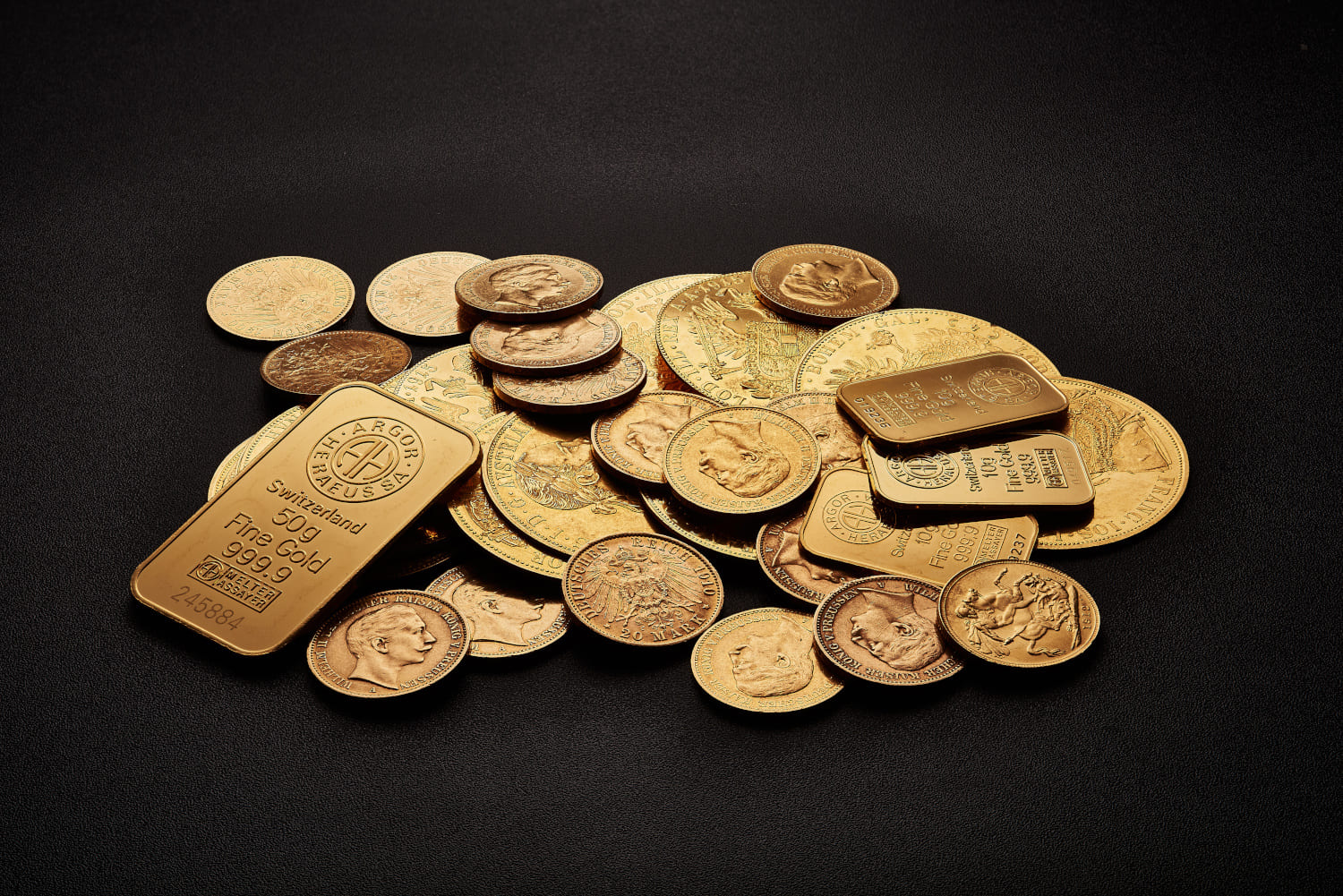
© Dmitry - stock.adobe.com
Gold is a tangible asset which is often bought as a hedge against inflation and is thus sure to be in demand in times of crisis. This precious metal is commonly considered a “safe haven” for personal capital. Gold is virtually imperishable and its material protection does not impose any special demands, which means maintenance and storage costs can thus be kept within reasonable limits. However, secure storage is required in a home safe or safe deposit box. Many savers also prefer gold storage arrangements that are bank-independent. Unlike stocks, physical gold does not generate a regular income.
Silver – a material asset with aspirations of its own
If you would rather buy silver instead of gold, you will find that bars and coins made from this white precious metal are a much more affordable proposition. Here, it is the quantity that determines the value. Savers can choose from a wide range of products and choose a flexible selection to suit their personal preferences. And likewise, a personal silver inventory can be expanded or reduced at any time just as easily.
Silver tarnishes easily, and thus should be stored in conditions which are as airtight as possible, and in its original packaging (usually foil, blister packs, capsules or tubes). Silver acquired as a savings asset can quickly accumulate and soon become very valuable. So appropriate storage is really an essential. And because silver, like all white metals, is also classed as an industrial raw material, its purchase is mostly subject to VAT. However, if savers wish to purchase silver VAT-free, experts recommend immediate storage in a duty-free warehouse. In general terms, the value of silver is subject to greater price fluctuations than gold.
Buying gemstones requires greater expertise
Another way to protect your assets is to purchase coloured gemstones. However, this particular savings solution demands a little more specialist knowledge of the buyer, and/or good advice from specialist retailers. Savers can purchase physical gemstones such as emeralds, sapphires or rubies which are available in a great range and in many different qualities. There are more than 100 types of coloured gemstones available, though not all of them are suitable as investment products. Gemstone value is not just defined by the stone itself, but also by how it is cut and polished, which can be more or less complex. In specialist circles, the Mohs grading scale of hardness is often the decisive factor (7 to 9 is optimal), while the common distinction between precious and semi-precious stones is generally less important.
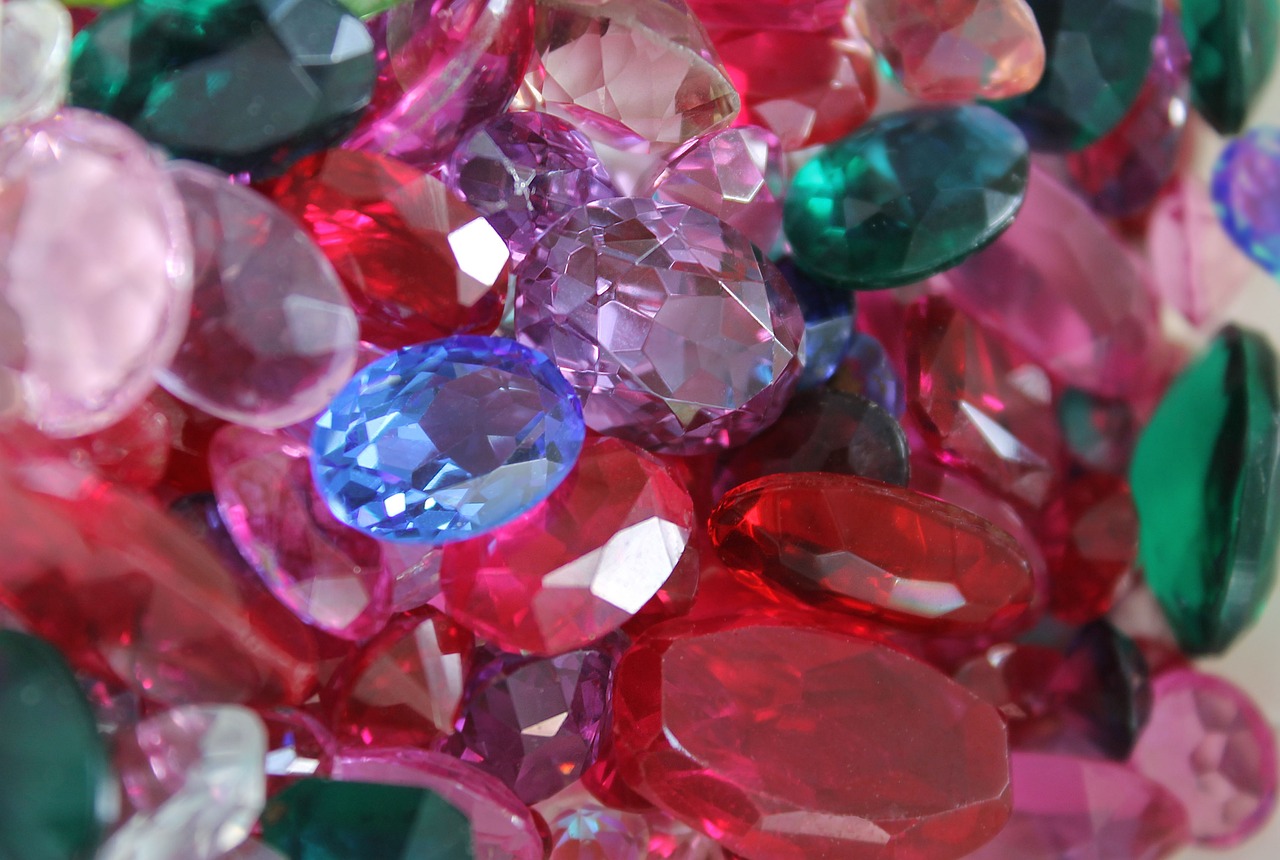
© laminaria-vest - pixabay.com
High-quality coloured gemstones are considered to be relatively stable in value, which makes them potentially suitable to act as a hedge against inflation. However, the value of each and every stone must be individually assessed and depends on various criteria that are rarely understood by the ordinary investor. This makes the tradeability (fungibility) of gemstones rather limited. Another risk to value is the ever-evolving processes employed to produce artificial gemstones. Experts sometimes recommend holding gemstones as a complement to other tangible assets, and any prospective purchase should always allow for the VAT element. So, for the reasons mentioned, gemstones and diamonds are not an attractive option for the vast majority of investors.
Diamonds – the most precious of all jewellery stones
Diamonds are a special form of gemstone. They occur naturally and usually have a transparent, crystalline texture with a maximum Mohs hardness rating of 10. Diamond material consists of a particularly strong form of carbon. Coloured diamonds also exist, but these are rarely of natural origin. Unpolished mineral stones are known as rough diamonds, and it is the subsequent cutting and polishing process which gives diamonds their dazzling brilliance and unique sparkle. Gemstones are generally valued according to the four “Cs” representing: colour, clarity, cut and carat.
Just like a coloured gemstone purchase, buying diamonds requires a lot of know-how, and is neither recommended nor practical for most people. The high value density of even the smallest stones means that secure storage of diamonds is strongly recommended. Stored diamonds should be protected from light and kept separate from one another. Individual certificates or expert-opinion reports are essential to ensure diamonds can be easily resold for a good price. Each stone has its own individual value assessed according to its size, quality and cut.
Watches need an optimal climate
Valuable pocket watches or wristwatches are also suitable as an alternative means of capital protection. Their casework often features high-quality precious metals, such as gold or platinum, and can also be decoratively set with diamonds and other gemstones. The value of a luxury watch is also defined by its design and technology and, last but not least, the manufacturer brand. The world’s well-known watch manufacturers include Omega, Rolex, Audemars Piguet, Patek Philippe, Breitling and Chopard.
Savers who would like to invest some of their assets in watches should be well-versed in the field or be prepared to seek detailed advice. In addition to the selection of an elegant timepiece, adequate storage is also very important. These small works of art have high maintenance demands as regards humidity and ambient temperature. Their value can only be maintained under optimal conditions, though rare specimens generally increase in value over time.
Jewellery is of limited use as a material asset
The value of any piece of jewellery depends on the size and purity of its precious metal, and upon certain emotional criteria. Gold and platinum are generally the preferred materials, but the inclusion of rare, high-quality gemstones can also result in a high resale value. In addition, jewellery has a high personal utility value. Rings, necklaces or bracelets made individually by goldsmiths, as well as limited-edition pieces, can achieve high collector prices at auctions. However, jewellery manufactured on an industrial scale is not suitable as an investment product. There is a large market for antique jewellery, though its worth always depends on the designer, the brand, and the materials used. Savers should always obtain an expert opinion before buying or selling antique jewellery.
When purchasing jewellery pieces, a jeweller will always take into account the current price of precious metals, which can fluctuate significantly depending on the type of metal and alloy used. Experts recommend getting a second opinion when selling jewellery. And as with all exquisite material assets, pieces of jewellery also require secure storage in order to preserve their quality.
Wines and spirits – tangible assets for the connoisseur
Rare, high-quality wines and other exquisite, high-proof spirits primarily have a high personal use value. However, if the alcohol is to serve as a material asset, the bottles must be undamaged, maintained at an optimal temperature, and stored professionally. All this requires a high level of expertise on the part of the buyer. In addition, savers must be familiar with the specifics of the market and be prepared to learn about the general demand.
Note too that wines generally have little fungibility (interchangeability), and are thus best sold in specialist circles or at wine auctions. In terms of sought-after wine features: the rarer and older, the better. This particularly applies to red wines, because rosés and white wines have only a limited shelf life. Even wines that have become virtually undrinkable due to their age can still be considered a sought-after collector’s item. The vintage is also a crucial feature – considerable fluctuations are common depending on the variety. The rule of thumb for determining value is the so-called Parker points score – a rating system devised by Robert Parker, a well-known US wine critic.
Classic cars – collectibles for enthusiasts
Old cars and motorcycles inspire many people, but to be considered a material asset, they must be in excellent original condition both externally and mechanically. Once a vehicle has been registered for road use for 30 years or more, it acquires classic car status. In Switzerland, there is also a modern classics (Youngtimer) category for vehicles at least 20 years old. However, this requires a valuation report from an expert to provide relevant evidence of the vehicle’s visual and mechanical condition.
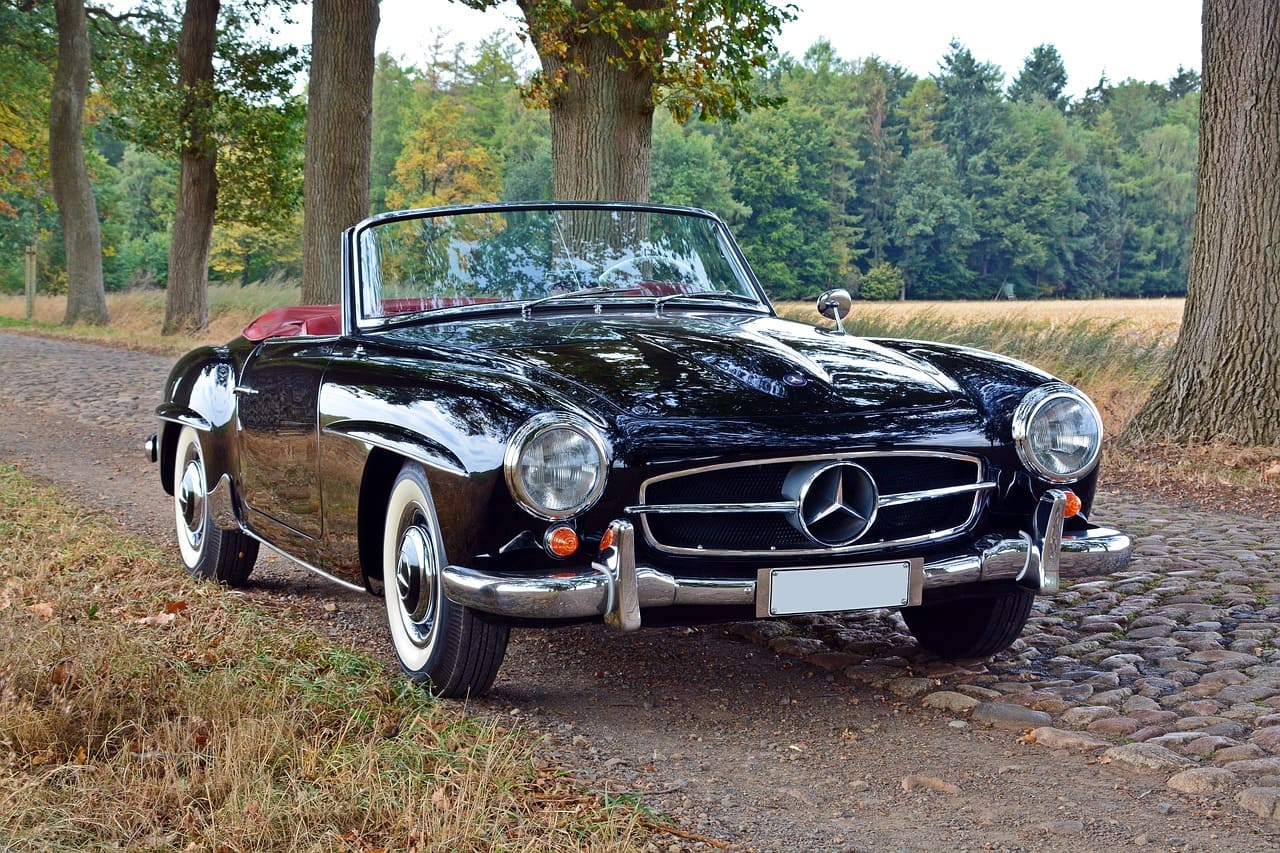
© bernswaelz - pixabay.com
Essentially, only vintage cars with reports confirming they are in original condition, or have been repaired using original replacement parts, are suitable as a capital investment which would provide a hedge against inflation. Furthermore, car owners must also provide evidence that their vehicle has passed a general inspection. Last but not least, the car must be a genuine example of automotive heritage (kraftfahrzeugtechnisches Kulturgut). However, caution is advised in the case of any cars imported from abroad, which are rarely in anything like their original condition.
Artworks as investments
The art market has its own conventions that are often difficult for beginners to understand. If you are planning to purchase paintings or sculptures as a means of protecting your assets, you should always seek detailed professional advice, or perhaps leave the purchase to an expert. The industry’s usual discrete modes of communication, which often use special codes, can be quite confusing. Purchasing works of art will invariably take interested savers to destinations such as premium galleries or famous auction houses. These also serve as contact points for any later asset sales. The unique appeal of works of art is also fuelled by market demand: There are relatively fewer investors in artwork, and considerably more collectors interested in works of art.
It is worth knowing that artworks are subject to trends that are quite difficult to predict – unless they are classics by famous painters such as Rubens, Picasso, Monet or van Gogh. That makes it difficult, even for the expert, to make any reliable assessment as to how they may perform in the market. The cost of care and maintenance of artwork, as well as the storage arrangements, can be fairly high.
Real estate, building land and agricultural land
Many savers prefer a portfolio of tangible assets which includes land and real estate. These commodities tend to offer high value stability, and can generate a regular income if they are rented or leased out. Furthermore, apartment properties in particular can also offer the owners a roof over their heads, thus providing an additional personal use value. Given the ever-increasing demand for living space, short-term price fluctuations are rare – a feature which also applies to building plots and agricultural land.
On the other hand, real estate ties up a lot of existing capital on a long term basis, and a profitable sale can often take several months, or even years. Furthermore, property owners have to absorb high maintenance and repair costs, which cannot always be fully offset.
Allow for the cost of secure storage
For almost all flexible assets, savers should also consider storage arrangements when planning any purchase. Although precious metals, jewellery and stocks can be easily stored in a home safe because of their size and portability, this may not be a wise option to pursue on grounds of security. Wall or furniture safes generally provide only limited burglary protection and are only acceptable to insurers under certain limited conditions.
On the other hand, safe deposit boxes are considered much safer. Private providers in general, and Swiss Gold Safe in particular, are far ahead of traditional bank safe deposit boxes, both in terms of discretion and as regards the provision of modern, state-of-the-art security. Gold, precious stones, jewellery, watches and securities can all be professionally stored under ideal climatic conditions. Specialist provider Swiss Gold Safe can also offer international clients safe deposit boxes in Switzerland or safe deposit boxes in Liechtenstein, all of which include insurance cover and are managed entirely outside the banking system.
Silver bars and coins are another attractive alternative which can be purchased VAT-free from a local specialist dealer, provided they are then stored in Swiss Gold Safe’s duty-free warehouse. Here, they can be held securely under allocated & segregated arrangements, which means buyers are always guaranteed the return of their original pieces. Such arrangements ensure savings can be properly stored as material assets to counter and mitigate the impact of inflationary trends.
Material assets as protection against inflation – a summary
- Many savers find their bank account balance offers little protection against inflation. These savings can shrink as the years pass.
- Tangible assets with a high lasting value and the ability to offer a hedge against inflation represent an alternative purchase option.
- The most sought-after tangible assets include stocks and shares, real estate, precious metal bars and coins, gemstones, watches and jewellery, artworks, wines and spirits, and vintage cars.
- These asset classes are differentiated by their attributes and by the would-be investor’s personal requirements. So, not every asset will be equally suitable for every buyer.
- To maintain their value, portable assets such as precious metals, jewellery or securities require secure, professional storage which takes climatic requirements into account.
- With bank-independent safe deposit boxes in Switzerland or Liechtenstein, as well as allocated & segregated facilities for the storage of bullion silver in a duty-free warehouse, Swiss Gold Safe can offer optimal solutions for international clients.



